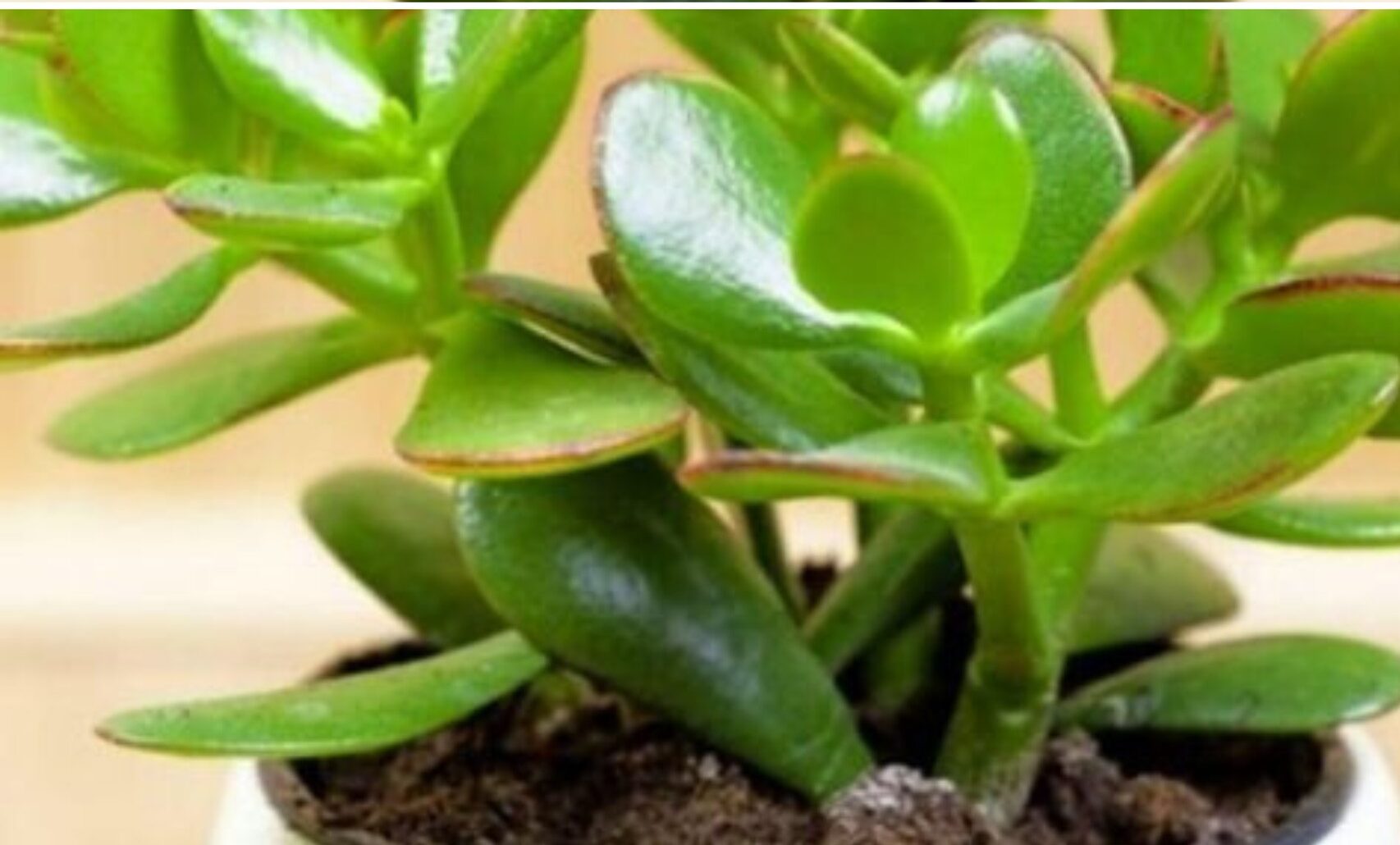
The jade plant is also known as the tree of abundance or luck, and is one of the most sought after succulents. Its ease of care and adaptability make it the plant of choice for many.
Furthermore, not only is it a low-maintenance plant, it is also an attractive tree that looks great at first glance. It can be grown both indoors and outdoors, adapting quickly to the location where it is located.
It is one of the hardiest and easiest to care for succulents, so with proper care you can have a thriving jade plant. We are going to tell you a little about the best forms of reproduction and the care to be taken.
How to plant and care for a jade tree
For the jade tree to develop correctly, the following aspects must be taken into account:
Increase
As we mentioned previously, this is a plant that can be kept both outside and inside our home. For it to develop correctly, it must be placed in a dry, well-lit place.
It is also necessary to take into account the type of soil that these plants need, as they require a well-drained substrate, which is a soil prepared for cacti and succulents.
In case you didn’t know, succulents often change color depending on where they are placed. In the case of the jade tree, its leaves will change significantly depending on the location.
If we have it indoors, its leaves will always have a very shiny dark green appearance, but if we place it outdoors, in direct sunlight, they will take on a lighter green color with reddish edges.
We also advise that, if we place it outside, we be careful with high temperatures. Although they are resistant plants, their leaves can suffer from some burns. Furthermore, we must constantly check the humidity level of our plant, as although it does not require much watering, it does need water.
Spread
The jade tree is one of the easiest succulents to propagate, whether by leaves or cuttings.
Either way, we can get a strong and healthy tree. We will show you successful reproduction methods:
Reproduction of the jade plant through leaves
Reproduction through leaves is very simple. To do this, we must select a large, healthy leaf from the plant. Then, placing our fingers at the base of the leaf, we gently pull it downwards.
This way, we will have our leaf, which will be the mother of the future jade tree. We now place the leaf in a pot with soil prepared for cacti and succulents. We water with a jet of water, approximately every 4 days.
We place the pot with the leaf in a place where it does not receive direct sunlight, so that the sun does not damage its tender roots.
Little by little, the leaf will develop roots and once rooted in the soil, the plant will begin to grow. This method is effective, but it takes time for the plant to grow, which is why many people choose to use cuttings.
Reproduction of Jade Plants by Cuttings
This is one of the quickest ways to reproduce any succulent. This way, its roots will develop quickly and we will soon have new leaves that prove successful growth.
To do this, we will use a vase and place a substrate for cacti and succulents. With your finger, we make a hole in the middle, almost reaching the bottom.
Now it’s time to choose a healthy stem. Cut gently with clean, sharp scissors. We can also do it with our own hands, but remember, be very careful not to hurt the plant.
We place the stem in the pot and fill it with a little more soil, water it lightly and place the plant in the mildest morning sun. We only realize that the stem has taken root when we touch it and feel it firm, and often we can even see new leaves.
Many people use powdered hormones to speed up the rooting process, place them on the bottom of the stem and then plant it. However, this is an unnecessary expense, as these respond well and effectively to grafting.
Common damages and problems when owning a jade tree
Although these succulent plants are very easy to care for, problems can occur that are common in our plants and are generally due to watering.
Remember that these plants originate from South Africa, so they are adapted to this type of soil. They don’t need a lot of water, they have fleshy leaves that store the water they need to survive, so let’s not overdo it with watering.
These plants have moisture-sensitive roots, meaning they cannot withstand humidity for long periods, meaning they should only be watered when their substrate is very dry. In all cases, you need to pay attention to the condition of the leaves.
For example, if we haven’t watered them for a long time, that’s why they look the way they do. But if we have watered them recently, it is a sign that we are watering too frequently and that we should space out the watering.
